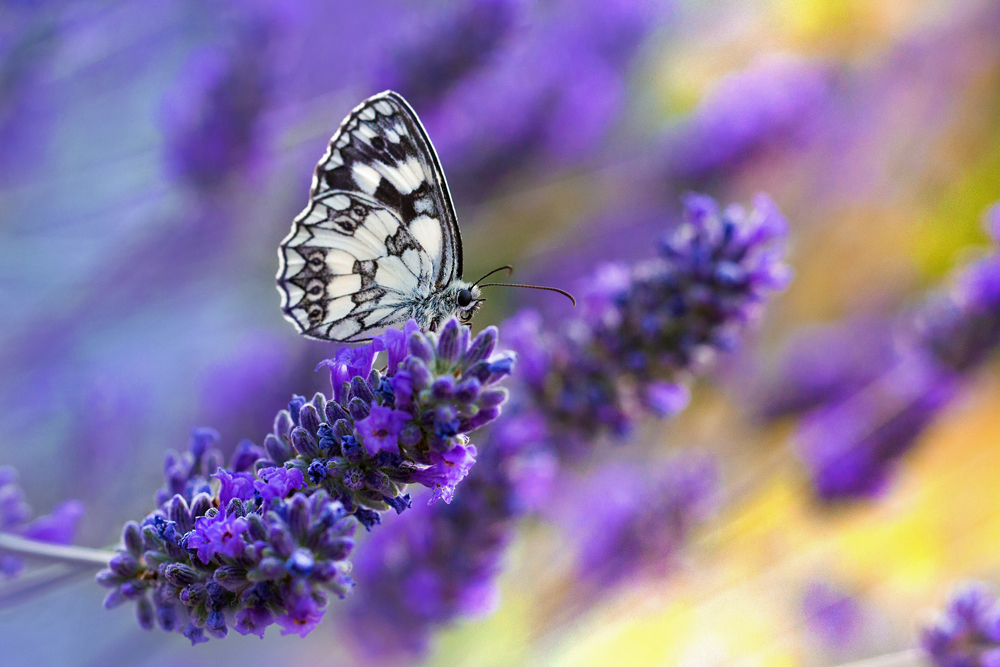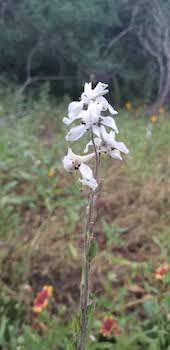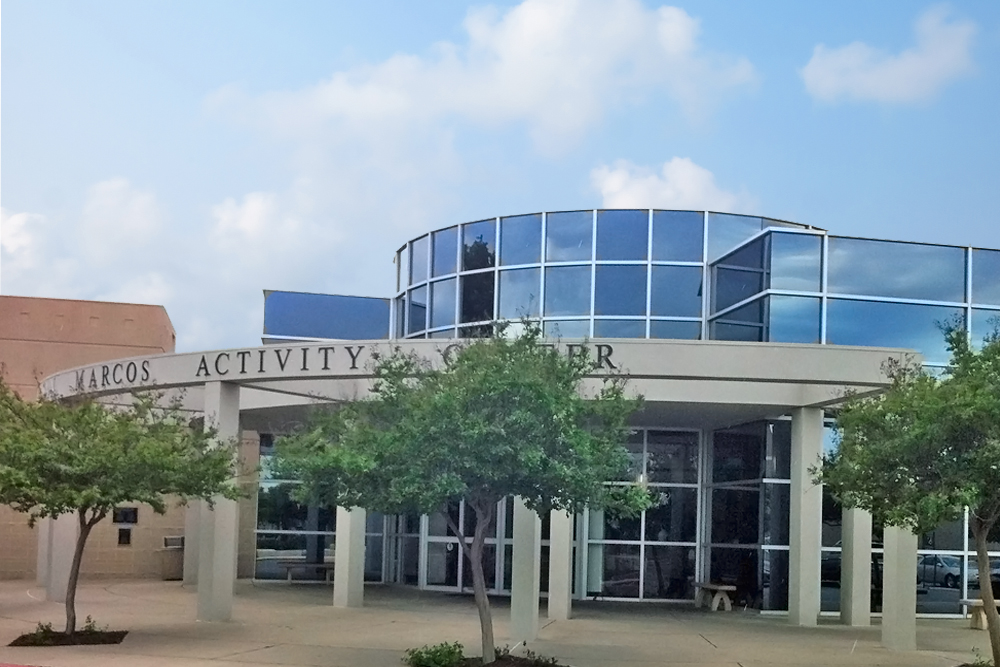
Spending More Time At Home? Discover The Park In Your Backyard!
Jonathan
AUSTIN – The world is alive with small wonders all around us—on the ground, in the water, and in the sky. If you’re feeling cooped up inside or missing someplace wild and wonderful, here are some ways you can discover your surroundings in new ways and promote a healthy environment.
You have control over your immediate area, and the tools to know how to do it from resources like iNaturalist (see below) and guides like our Guide to Yard Care (PDF download).
Your yard or local park as a haven
While some appreciate the polished beauty of a uniformly manicured lawn, you can break up the turf monotony by creating “pocket prairies,” where native wildflowers and grasses can serve as refilling stations for pollinators like bees and butterflies and migratory birds.
The more creative your yard, the greater diversity of species you’ll invite to thrive there. As more Texans embrace this approach, we’ll conserve water and bring balance to our immediate ecosystem on a large scale.
If you live in an apartment or small space, there’s still plenty you can do to promote a healthy ecosystem. Place potted native plants around your doorstep or back porch. Ask if some area of your communal space can be planted.
Better still, work with management to set some space aside for a community garden for flowers and edible plants. Just a few plants can make a difference and it might start a trend!
The importance of native species

Plants and animals in your environment can be classified as native or invasive species. A native species is an organism that thrives without human help because they have adapted to the local ecosystem over a long time.
Regional soil composition, rainfall, and climate are aspects of your local ecosystem to which native species have adapted.
Promoting native species in your yard or natural area conserves water, requires fewer chemicals and fertilizers to thrive, and attracts wildlife that depends on their fruits and seeds.
Invasive species are not native to your region and are likely to cause harm to the ecosystem. They may use up disproportionate amounts of water and space, choking out native species while not producing useful food for wildlife.
Removing these plants can be just as important as promoting the growth of native ones. Learning to identify which plants are native and which are invasive will help you decide which plants to promote and which ones to treat as weeds.
For more specific information about invasive and native plants in Texas, visit the Texas Invasive Plant Database.
iNaturalist app and community
One excellent tool for naturalists of all ages and education levels is iNaturalist. This online community has a free mobile app supported by National Geographic that helps you identify and track organisms.
You can start in your backyard by downloading the app and photographing plants and animals you find. The application compares your images to a vast library of similar user-created images to help you to identify each species.
The program saves your findings and shares valuable data with scientists. If you’re already very knowledgeable about natural sciences, the iNaturalist community is a place for you to share your knowledge and passion with amateur naturalists.
If you’re just learning, iNaturalist can be a fun tool with endless potential to participate in activities and campaigns to catalog and conserve the world around you.
When you reach the limits of cultivating native plants in the space available, set out as a plant detective with iNaturalist. Take your kids and make a game out of finding new plants you hadn’t noticed before.
Your seemingly small findings could be an informational gold mine to a scientist who is looking for big-picture analysis of the ecosystem.
The kids will love it and it could spark a life-long love of the natural world, and even a career in the field of science!
Join the fun!
iNaturalist is a terrific, purposeful way to get you and your family out in nature. You can use it as a supplementary biology lesson, helpful gardening, and yard care tool, or inspiration to exercise and get some fresh air. Pick up this free tool and get started today!
Source: Take Care of Texas






